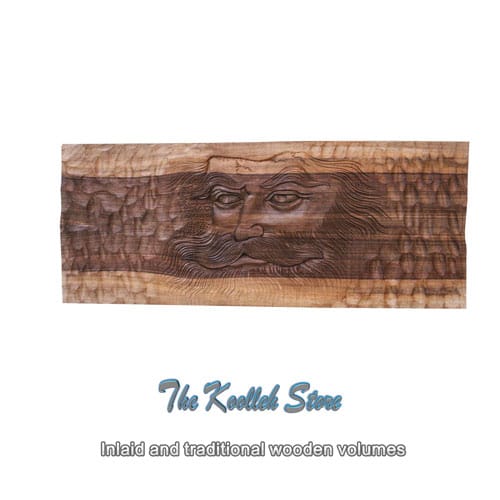Inlaid and traditional wooden volumes

The construction of decorative and functional volumes and decorative wooden statues using mugar, sohan and self-compacting wood, as well as the installation of work that is the art of creating embossed or deep patterns on wood, are among the handicrafts of this province.
Carving in Iran has been one of the most valuable traditional arts in Iran, especially since the Arab conquest. Among the stone works of Susa and Persepolis, carvings can be seen on wood. During the Timurid period, this art continued in the style of previous periods, and various types of inlaid shrines and pulpits were built, examples of which still remain.
The peak of the art of woodcarving was in the Safavid period and the works of this period were in the form of doors, pulpits, Qur’anic solutions, wooden columns of the room, dagger handles, spoons, doug chumche and syrup eating.
The fine art of inlaid flourished during the Zand and Qajar periods, and the making of smaller objects such as rails and mirror frames became commonplace instead of inlaid doors and large pieces. Carving, like other handicrafts, now lives on in every corner of the country.
Types of wood (spruce, eucalyptus, pomegranate, maple, beech, cherry, acacia, walnut, pear, oak, jujube, etc.) have been and are used in woodcarving, especially cherry, walnut and acacia wood due to their natural beauty. They have inlays.

